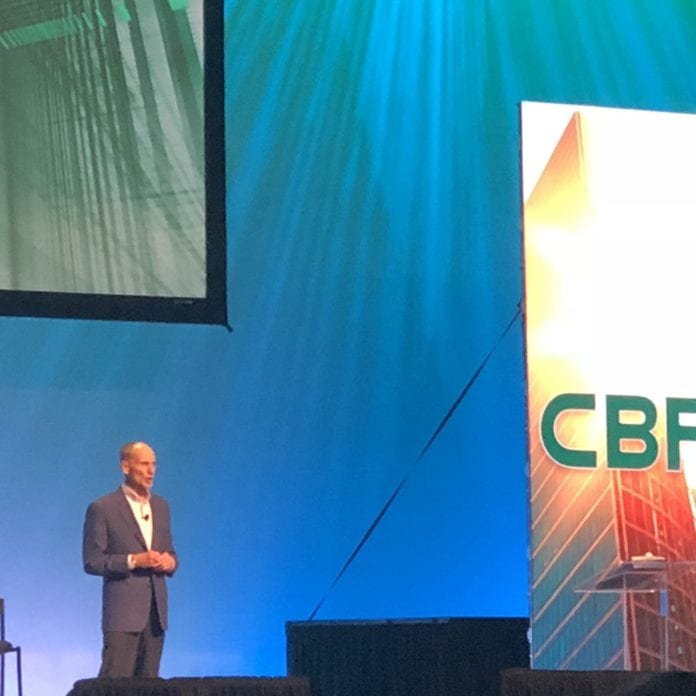Commercial real estate industry has to keep up with pace of technological change
LAS VEGAS—The pace of technological change is only going to continue accelerating. As such, keystone industries like commercial real estate have to keep pace to realize internal and client-facing efficiencies, as well as to continue pushing the limits of what is essentially the experience a tenant has with the building they occupy.
That was the message from Robert Sulentic, CEO of CBRE, a Fortune 500 company which is the world’s largest real estate services and investment firm; CBRE controls around 5 billion-square-feet of commercial real estate globally and provides integrated services running the gamut from facilities, transaction and project management to appraisal, valuation, consulting and property leasing.
Sulentic recalled traveling around the world a few years ago to meet with CBRE employees and customers. “The feedback I would get left me a little shell-shocked,” he said “They’d say, ‘You guys aren’t very good at technology. You don’t seem to be focused on it.’ That was a real problem for us and we were committed to doing something about it.”
That prompted CBRE, Sulentic said, to make two big decisions about three years ago. Develop strong “digital leadership” through staff development, and “that technology was going to embedded in our company. It wasn’t going to sit along side. It was going to be embedded in our company. Since that time we’ve rapidly evolved. Today we have a philosophy about technology at CBRE. It was to be embedded in the business. It has to impact the outcomes we deliver to our clients.”
For instance, Sulentic noted CBRE’s online listing platform; 3D space visualization and planning tools; building management based on smart, connected sensors; location analytics; and the company’s own internal culture. “We started changing the way we use our own space. Our own offices today are paperless and wireless. They are activity-based and they are loaded with wellness functionality.”

